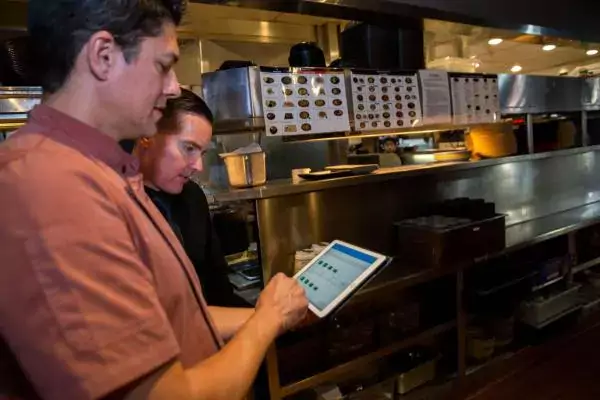After the recession slouch, mystery shopping is finally making a comeback, and is buttressed by new technologies- cameras and mobile devices providing new and improved vantage points for retail and restaurant operators. According to a recent report by the Orlando Sentinel, 145 companies are registered the Mystery Shopping Providers Association (MSPA). Though the size and scope of this industry is unclear—fitting to its name, it’s a mystery!
What we do know is the amount restaurants are spending on shopper feedback. Restaurants pay between $50 and $75 per mystery shopper evaluation, plus meal reimbursement, which is the primary compensation for the mystery shopper (source: Washington City Paper). Restaurants spend upwards of $800 per month on mystery shops.
It can be argued that this is strictly a third-party labor cost, and a cost-benefit that retailers and restaurants should consider. Though the technology of collecting answers on mobile forms and surveys has made the process more streamlined, the operators are simply receiving a report. They still need to do something with that information.
Here are 3 common pitfalls and reasons why retailers should NOT rely on mystery shoppers:
- Employees are more knowledgeable about your retail operations. The mystery shopper can only follow a “script” of directions. For instance, if they enter a store and a product or service they want is out of stock, they’ll note that one problem. But they might not know where to dig deeper. For instance, if the beverage promotion is not available in the store, it could be that the vendor didn’t deliver the materials on time or there was some other internal miscommunication. An employee, such as a regional manager, knows what to ask and when, without the risk of blowing their cover. Employees auditing stores can get to the bottom of problems that mystery shoppers simply don’t have the ability to discover.
- Mystery shopper campaigns make store managers and employees feel like big brother is watching. Retail audits are more collaborative and not as “top-down”. If a regional manager is seen visiting a store and typing into his or her smartphone, an employee might know that they’re completing a survey of that location. A directive to clean up or improve may not come as such as a surprise, and the employee may be open to the feedback if given an incentive to improve. But an employee who learns this information after essentially being “spied on,” and who isn’t assured a follow-up, may feel differently.
- Mystery shopping doesn’t bridge the gap between a report’s insights and quantifiable action. This is the most important reason not to rely on mystery shoppers. Retailers should instead consider a real-time mobile solution that gives senior managers the ability to create tasks and a follow-up protocol. The right platform will track compliance by location and have photo-sharing capabilities for added confirmation. Senior managers should also set up real-time email and push notifications based on a location’s performance or a defined threshold (like an audit score falling below 60%).
Subscribe to our blog
You are now subscribed!


